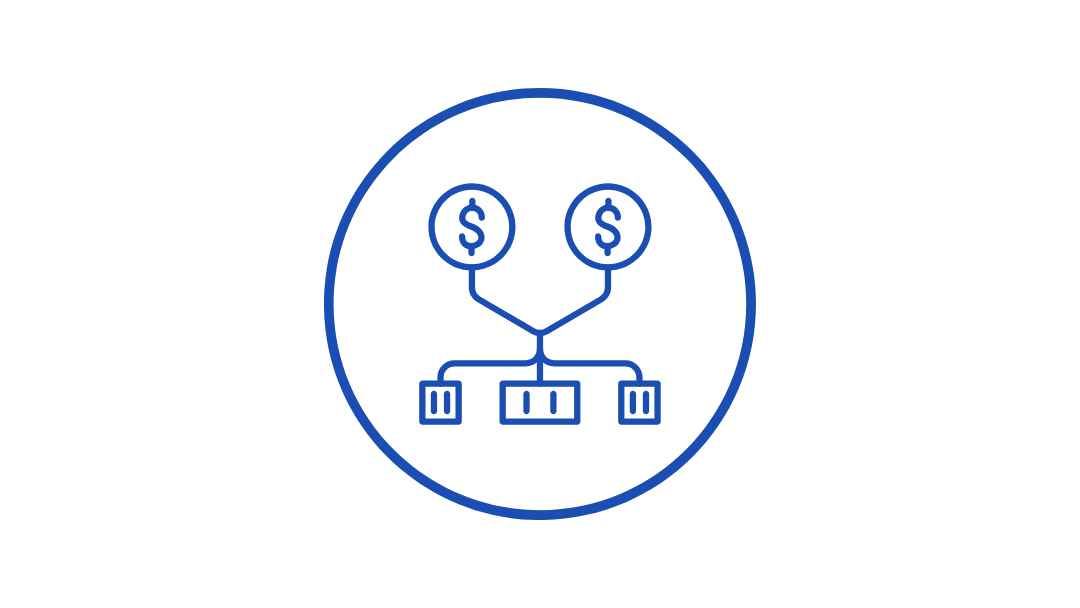Image source: Canva.com
As solar energy becomes more popular, understanding the financial aspects of going solar is crucial for making informed decisions. Financial literacy in solar goes beyond just knowing how much a system costs—it involves understanding the long-term financial benefits, potential risks, and the various options available to finance a solar installation. Here’s a guide to help you enhance your financial literacy in solar energy.
Know the True Cost of Solar
The first step in financial literacy for solar is understanding the true cost of a solar energy system. This includes the upfront cost of purchasing and installing the system as well as any additional expenses, such as maintenance, insurance, or repairs over time.
Key Components of Solar Costs:

Equipment Costs
This includes the cost of the solar panels, inverters, mounting hardware, and any other necessary equipment.
Installation Costs
This covers labor, permits, and any additional work needed to install the system.
Operational Costs
Maintenance, insurance, and possible repairs.
Understanding these costs will help you compare different solar proposals and determine which offers the best value.
Understand Solar Incentives
Solar incentives can significantly reduce the cost of a solar energy system. These incentives vary by location and can include federal tax credits, state rebates, and local utility incentives. Understanding these incentives is key to calculating your true cost of going solar.
Common Solar Incentives:

Residential Clean Energy Credit
A percentage of the cost of your solar system can be deducted from your federal taxes.
State and Local Rebates
Additional financial assistance that varies by state or municipality.
Net Metering
Allows you to earn credits for excess energy your system generates, which can lower your electricity bill.
Being aware of these incentives ensures that you’re taking full advantage of all available financial benefits.
Learn About Solar Financing Options
There are several ways to finance a solar energy system, each with its own financial implications. Understanding these options will help you choose the one that best fits your financial situation.
Financing Options Explained:

Purchase
You own the system outright, which can offer the greatest long-term savings but requires a higher upfront cost.
Loan
Financing the system through a loan allows you to pay for it over time, often with little or no money down.
Lease
You pay a fixed monthly amount to use the system, with little or no upfront cost. However, you do not own the system.
PPA
You agree to buy the electricity generated by the system at a set rate, which may be lower than your utility rate. Like leasing, this involves little upfront cost but no ownership.
Each option has different costs, benefits, and risks, so it’s important to understand how they affect your long-term savings and financial goals.
Calculate Potential Savings
One of the main reasons people go solar is to save money on their electricity bills. However, calculating potential savings can be complex, involving factors like your current energy usage, future electricity rates, and the performance of your solar system.
Key Factors in Savings Calculations:

Current Energy Usage
How much electricity you currently use and at what cost.
Solar System Performance
The amount of energy your system is expected to produce.
Future Electricity Rates
Expected increases in electricity costs from your utility provider.
By understanding how these factors influence your savings, you can better evaluate the financial benefits of going solar.
Be Aware of Long-Term Financial Implications
Going solar is a long-term investment, and it’s important to understand how it will impact your finances over time. This includes considering the payback period—the time it takes for your savings to cover the cost of the system—and how the system will affect your home’s value.
Long-Term Considerations:

Payback Period
Typically ranges from 5 to 10 years, depending on costs and savings.
Home Value
Solar panels can increase your home’s value, but the effect may vary based on location and market conditions.
System Lifespan
Most solar panels last 25-30 years, so consider the long-term maintenance and potential replacement costs.
Understanding these long-term factors will help you make a well-informed decision that aligns with your financial goals.
Educate Yourself on Financial Terms and Concepts
Finally, enhancing your financial literacy in solar involves familiarizing yourself with key financial terms and concepts. This includes understanding things like interest rates, amortization, and return on investment (ROI).
Important Financial Concepts:

Interest Rates
The cost of borrowing money, important when considering loans or financing.
Amortization
How your loan payments are spread over time, affecting your monthly payments and total interest paid.
Return on Investment (ROI)
A measure of how much you’ll earn in savings compared to your initial investment.
By mastering these concepts, you’ll be better equipped to analyze solar proposals and make financially sound decisions.
Enhancing your financial literacy in solar is crucial to making informed decisions and maximizing the benefits of going solar. By understanding the costs, incentives, financing options, and long-term financial implications, you can confidently navigate the solar market and choose the best option for your home and budget.





